Yes, the Gotthard tunnel needs to be safer. But how?
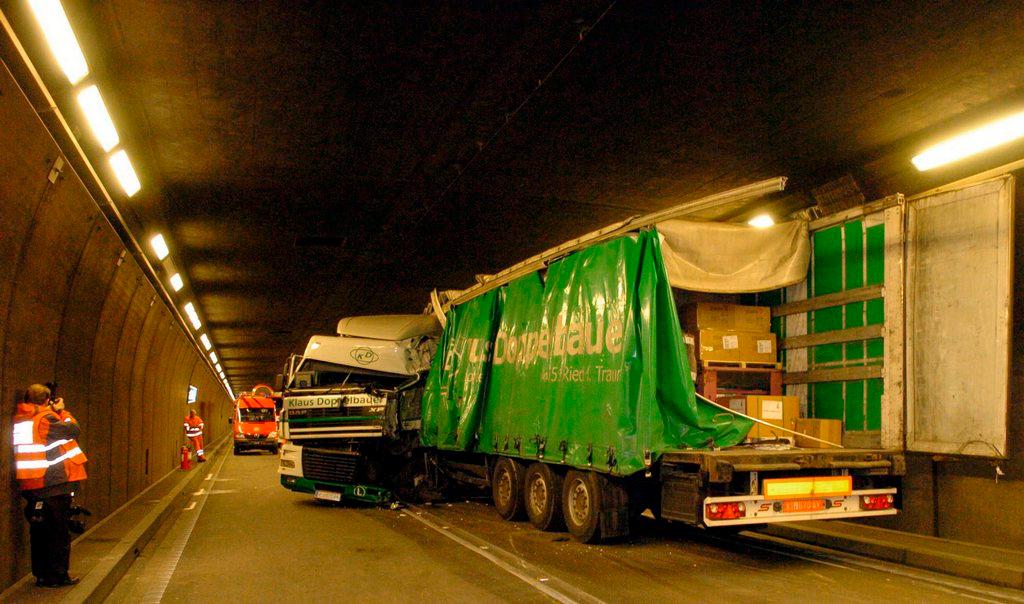
Advocates of doubling the Gotthard road tunnel maintain that the accident risk can be reduced only if there are two one-way segments. But opponents of the expansion say it’s unnecessary, seeing the potential in new driving technologies.
Imagine a line of 8,500 vehicles driving along a single, four-metre-wide lane. On the other side of the road, going in the opposite direction, are another 8,500 vehicles. That is basically what happens every day in the Gotthard tunnel, the longest and most heavily used road tunnel in Switzerland.
This is a highly risky situation, say those who support a second arm to the Gotthard. Swiss voters will choose whether to build a second road tunnel at the end of February. The current 17-kilometre-long tunnel no longer meets current safety standards, argues Swiss People’s Party parliamentarian Ulrich Giezendanner, a member of the committee “Yes to the new Gotthard tunnelExternal link”.
The tunnel, inaugurated in 1980, comes last in a July 2015 rankingExternal link published by the German automobile club (ADAC) studying 20 tunnels in five European countries. Despite an overall mark of “good”, the Gotthard tunnel scores at the bottom of the table mainly because of its two-way traffic without emergency lanes. The German study found the accident risk to be high.
Those against the two-arm option say safety can be improved without doubling the tunnel. Certain technical features could be added to the existing tunnel and to vehicles in order to reduce the accident risk, says the environment and transport association. Examples are a collapsible median barrier and driving assistance systems.
Barrier in the tunnel
Engineer Jürg Junker, who used to work for the Federal Laboratory for Materials Testing and Research, proposes separating the two lanes in the Gotthard tunnel with a 75-centimetre-high collapsible median barrier. In case of an accident, the barrier’s separate modules – each four metres long – could be lowered into the ground independently to enable access by emergency vehicles.
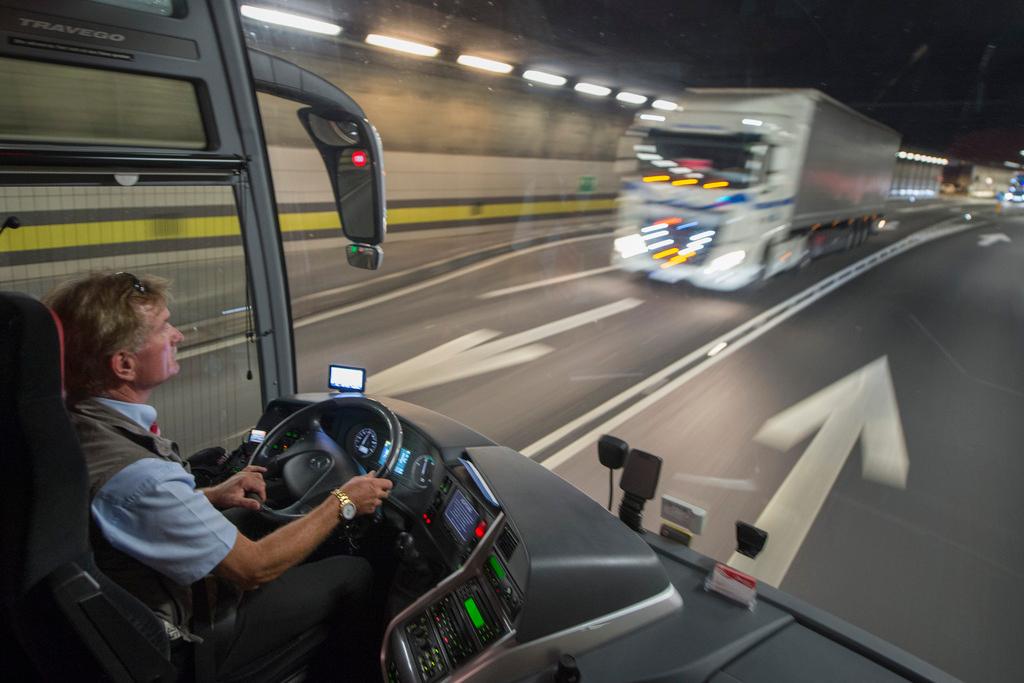
More
Opposing views on doubling the Gotthard tunnel
The Swiss government believes this arrangement would prevent a large number of head-on collisions, but it doesn’t have the right certification to be considered as an option. The government also said in its reply to a parliamentary question that it’s not clear whether the barrier would impede rescue operations and what psychological effect it would have on a driver’s vision on the roadway.
A longer-term option that looks more promising is driving assistance systems, which are in constant development.
“In the next 30 years, new technologies are pretty sure to replace the steering wheel and maybe even the pedals,” says Caroline Beglinger, co-director of the Environment and Transport Association.
Driving assistance
For his part, Markus Moser, who heads the Working Group on Accident Mechanics in Zurich, is interested in systems for controlling cruising speed that allow the distance between vehicles to be automatically maintained, for both lanes.
“When you get too close to the limit, for example if you get drowsy, the system emits a sound signal or a vibration of the steering wheel to prompt you to correct it. This system is particularly suitable for tunnels, where the dividing line between lanes is clearly displayed,” explains Moser.
An accident in a tunnel is nearly impossible if all vehicles are equipped with such systems, says Moser. He feels that a two-way tunnel isn’t any more dangerous that one with separate segments.
And he insists the speed and distance control technology isn’t just a pipe dream, even though he admits that fewer than 5% of vehicles are currently equipped with it.
“Right now, the systems for keeping a vehicle in its lane only exist in a few fairly high-end models. Systems for keeping distance are more common, and beginning in 2019 they will be mandatory for all trucks,” he says.
In five or ten years, driving assistance systems will be available on all new vehicle models, predicts Jean-François Fournier, editor of the magazine Revue Automobile. Such equipment will be needed not just for safety, but to keep traffic moving and avoid traffic jams around major urban centres.
But Yves Gerber, communication manager for Touring Club Suisse (TCS), is less optimistic.
“It’s going to take a lot more time to modernise the whole range of vehicles,” he says. “This has to happen not just in Switzerland, but in all of Europe. Thirty per cent of traffic crossing the Gotthard comes from other countries.”
And, he adds, more than half of automobiles bought in Switzerland are second-hand, so they don’t have the latest technology.
Gerber concedes that driving assistance systems will eliminate the human risk factor, the main cause of accidents.
“But there are other aspects to consider.”
One risk replaces another
For example, legal liability must be considered, says the TCS spokesman. “According to the 1968 Vienna convention on road trafficExternal link, to which Switzerland belongs, the driver is required to control his own vehicle. But who is responsible for an automated vehicle? The driver, the manufacturer, or the developer of the driving assistance system? Until this is cleared up, there will be no progress.”
An independent driving system does not rule out all accidents. “There can be a technical malfunction of the vehicle or the roadside sensors. And then there is the danger of software piracy. You eliminate one risk, but others come along,” Gerber points out.
“New railway tunnels, like the Gotthard base tunnel, are built with two arms, precisely for safety reasons. Why should the standards for the rail not apply to the road?”
When is a tunnel safe?
The main factors determining the number and frequency of accidents in a road tunnel are the length of the tunnel, the number of arms, the height and width of the footpath on the side, the daily average number of vehicles passing through it and the percentage of heavy vehicles, says the Swiss office for prevention of accidents. Width of the roadway, height of the tunnel, speed limit and lighting are factors of lesser importance.
Under the EU directive of 2004, which Switzerland also adheres to, newly constructed tunnels must have two arms if the volume of traffic is over 10,000 vehicles per day.
Fire in a tunnel
Burning vehicles are the main hazard in a tunnel, says the Federal Roads Office. Fires are often caused by overheated motors, brakes or exhausts. To prevent fires in the Gotthard tunnel, a thermal portal has been in operation at the south entrance since 2013. This equipment can determine the temperature of the individual components in a truck so that overheated vehicles can be flagged (24 were stopped in 2014). A second thermal portal, at the north end, has been in operation since the beginning of this year.
Following a serious accident in the Gotthard in 2001, in which 11 people died mostly due to fire and smoke, a system for regulating traffic flow was introduced: the minimum distance between trucks has to be 150 metres and traffic is limited to a maximum of 150 heavy vehicles per hour and per direction.
Translated from Italian by Terence MacNamee

In compliance with the JTI standards
More: SWI swissinfo.ch certified by the Journalism Trust Initiative

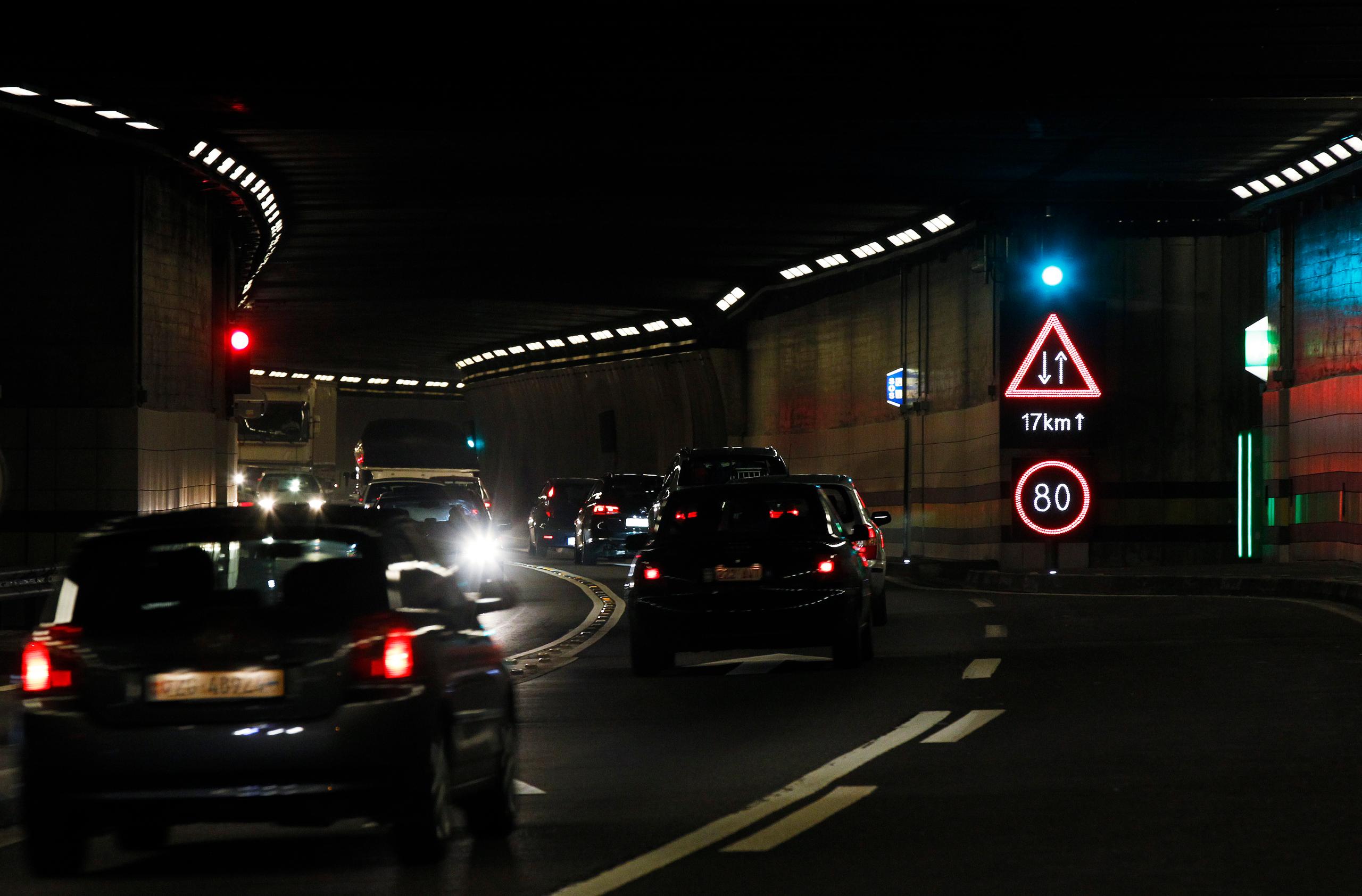
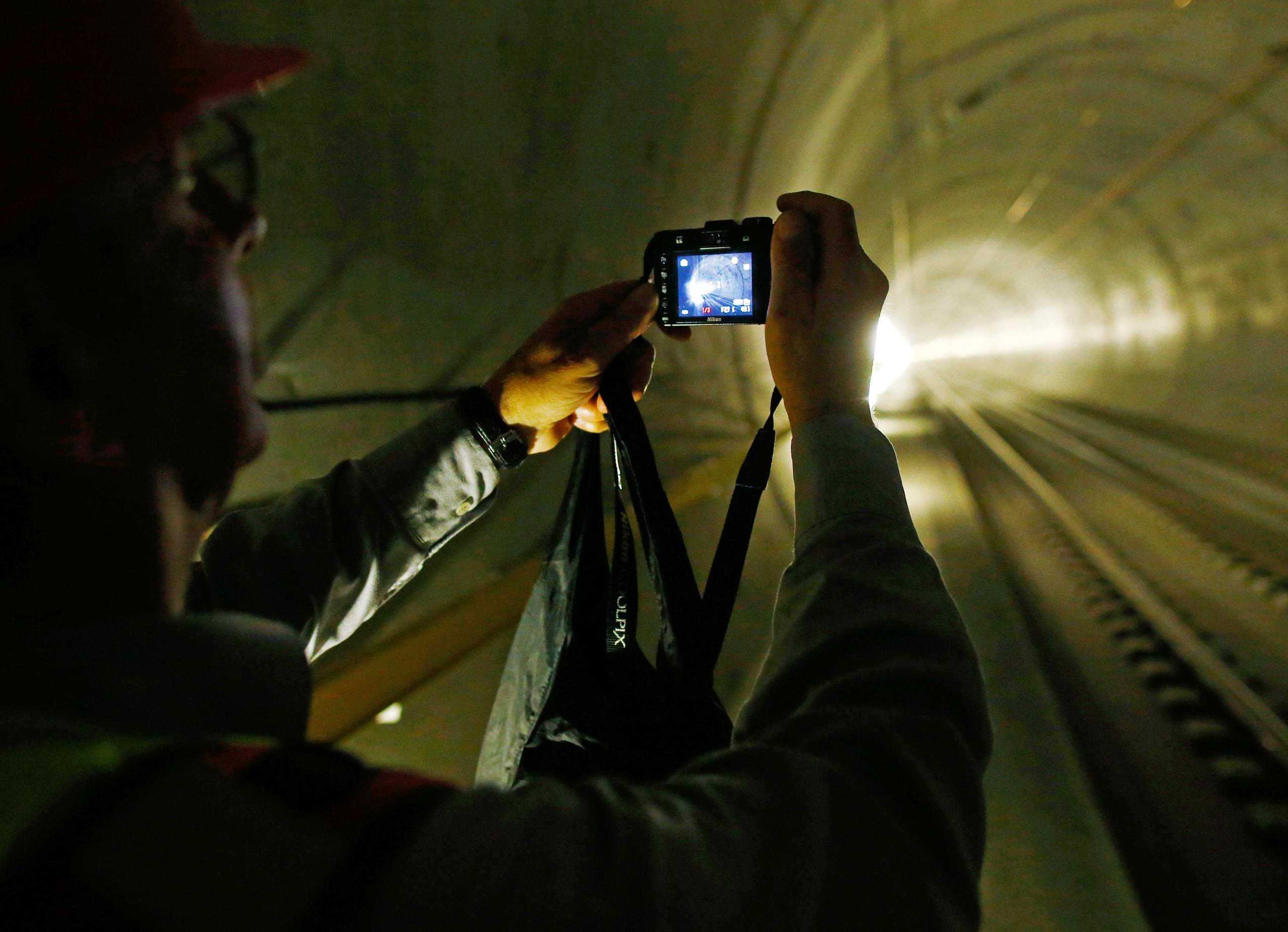
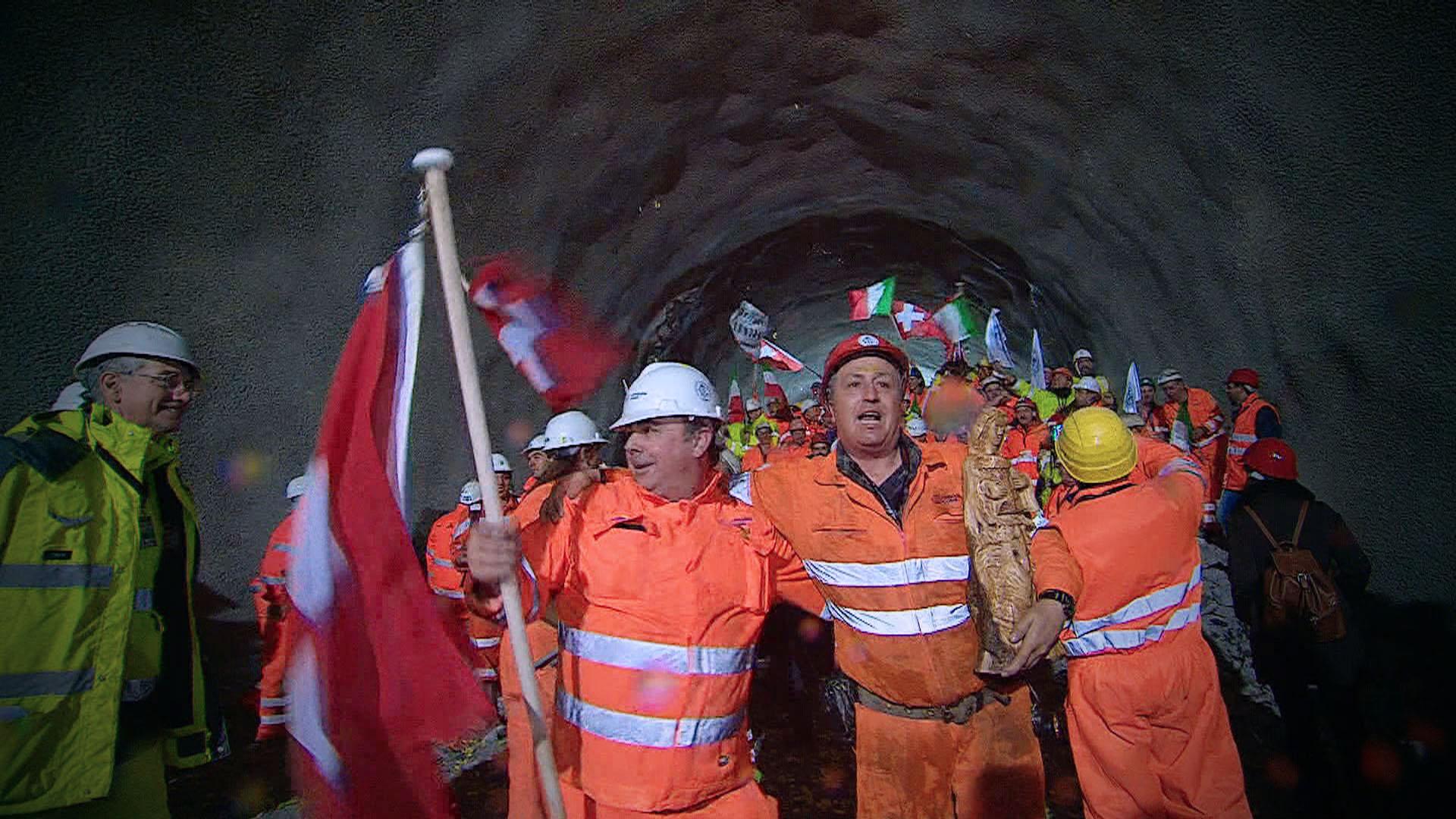
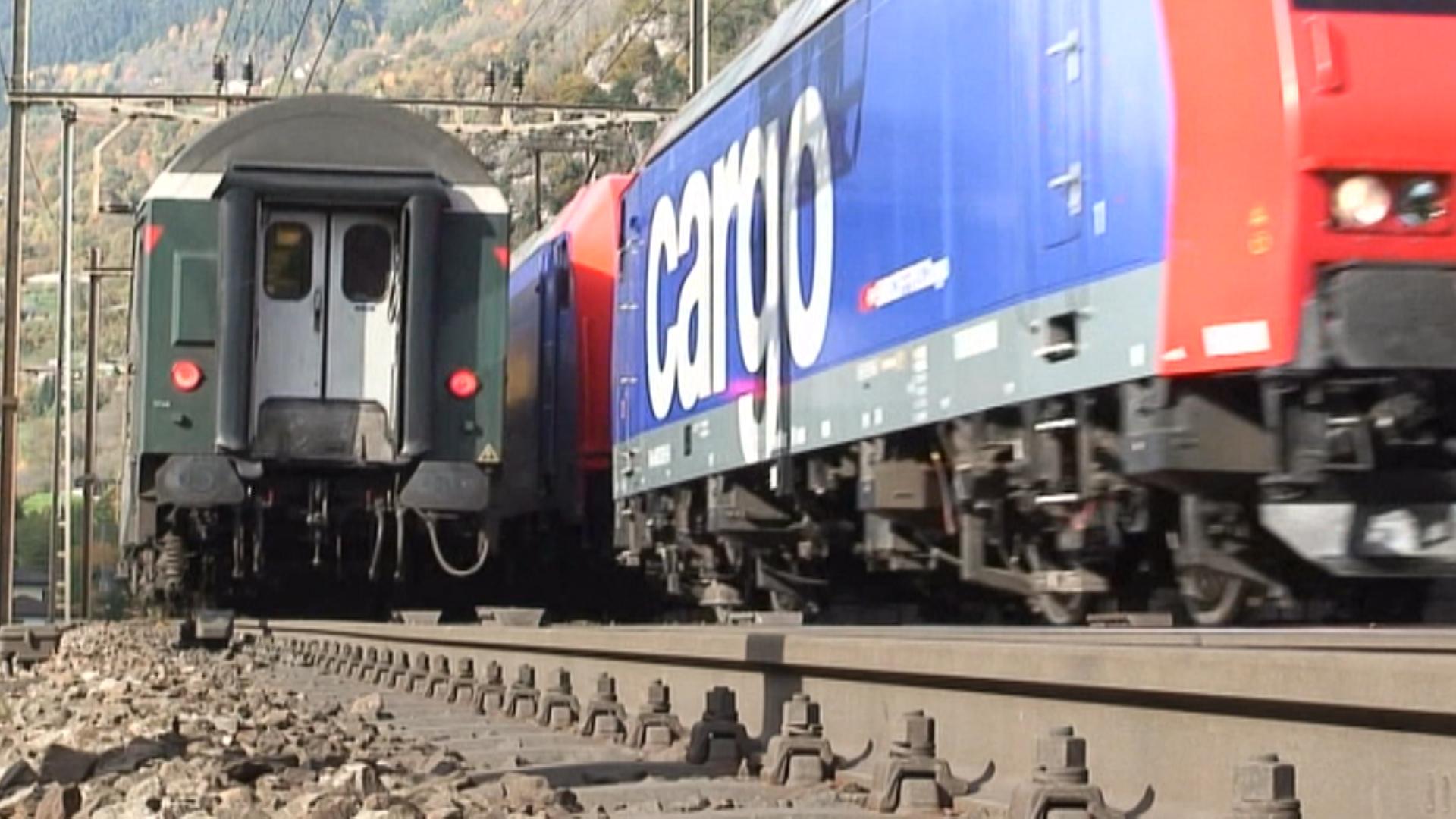
You can find an overview of ongoing debates with our journalists here. Please join us!
If you want to start a conversation about a topic raised in this article or want to report factual errors, email us at english@swissinfo.ch.